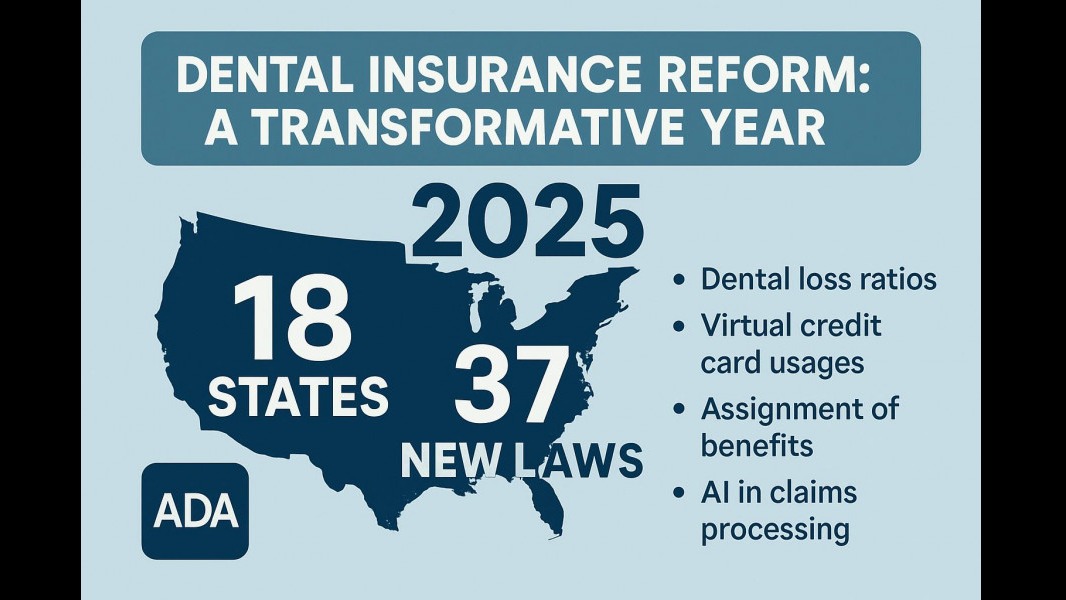
The Dental Landscape: Where Shortages Are Impactful
In the realm of healthcare, particularly in dental care, the availability of professionals can significantly affect patient access and overall community health. An analysis based on data from the American Dental Association and the Health Resources and Services Administration reveals which states exhibit the fewest dental professional shortage areas. This insight is vital for practitioners and policymakers alike, as it not only shapes treatment availability but also influences healthcare policy decisions.
States with the Least Professional Shortage
Washington, D.C., stands out with the fewest shortage areas—only ten—and 725 practicing dentists available to serve the population. Following closely is Delaware, with just eleven shortage areas but a dentist count of 482, which illustrates a significant ability to meet the demand for dental care. Vermont and Rhode Island follow with 340 and 563 dentists respectively, while New Hampshire rounds out the group with 879 dentists available across its 21 shortage areas.
Implications of Dental Shortage Area Data
This data carries profound implications for patient trust and practice growth. In states where there are fewer shortage areas, dentists like Dr. Emily Johnson, who operates a solo practice, may find it easier to establish a patient base. With less competition from nearby practices, the environment may promote a more stable client relationship while enhancing the potential for trust-based marketing to attract new patients.
How Shortage Areas Affect Healthcare Delivery
Conversely, regions burdened by a high number of dental shortage areas, such as California, which boasts the highest number, face unique challenges. Areas with a plethora of shortage designations may struggle with patient care inequalities, often leading to increased healthcare denials or unmet patient needs. Understanding the geographical disparity empowers dentists to engage in targeted community outreach and seeks to fill these critical gaps in care.
Future Trends: Predictions and Opportunities
As telehealth continues to integrate into many healthcare fields, including dentistry, these statistics pave the way for innovative practice models. The future may hold increased opportunities for dentists in underserved areas through virtual care models, enabling practitioners to expand their reach without committing to a physical office space in high-demand regions.
Encore: The Emotional and Societal Value
Finally, it's essential to recognize that the implications of these statistics stretch beyond mere numbers. They reflect the emotional weight residents in shortage areas bear—individuals may experience delays in dental care, heightened anxiety about health, and even a decline in community trust towards healthcare systems. This emotional connection mandates that practitioners advocate for reforms that can bridge these gaps.
Take Action: Elevating Patient Trust and Engagement
In conclusion, understanding the distribution of dental professionals relative to professional shortage areas should motivate initiatives aimed at enhancing accessibility to care. Dentists are encouraged to leverage this data not just to bolster their practices but to engage with their community in ways that inspire trust and foster healthier futures. By addressing these areas of need, dentists can not only elevate their professional presence but contribute profoundly to community health.
 Add Row
Add Row  Add
Add 




Write A Comment